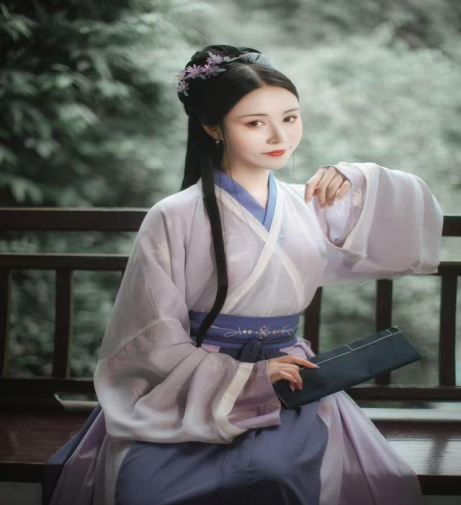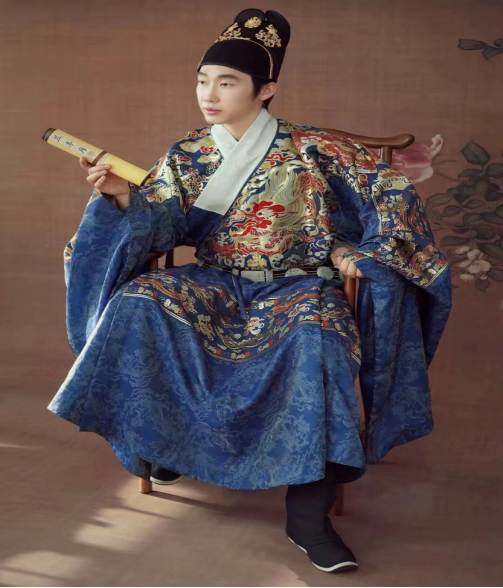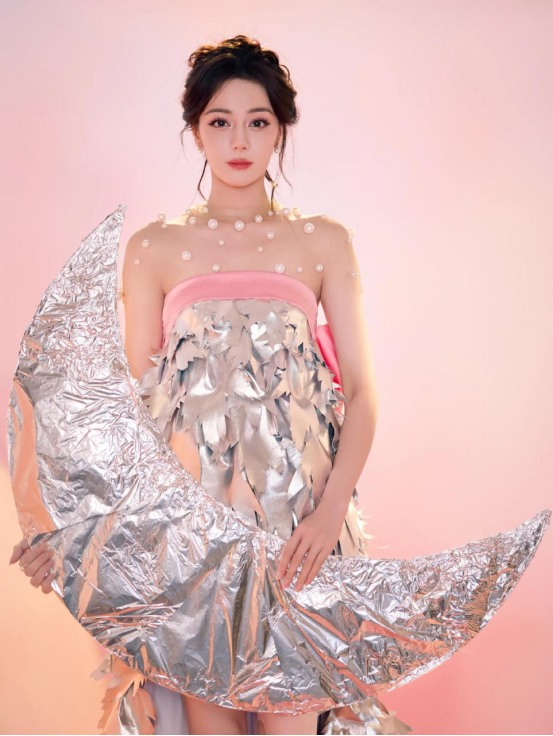Women’s Hanfu is one of the significant cultural symbols of China
With a vast territory and numerous cultural treasures, traditional Chinese clothing, Hanfu, represents an important aspect of it,the development of women’s Hanfu are of great significance to the development of today’s clothing culture, serving as an important manifestation of cultural confidence.
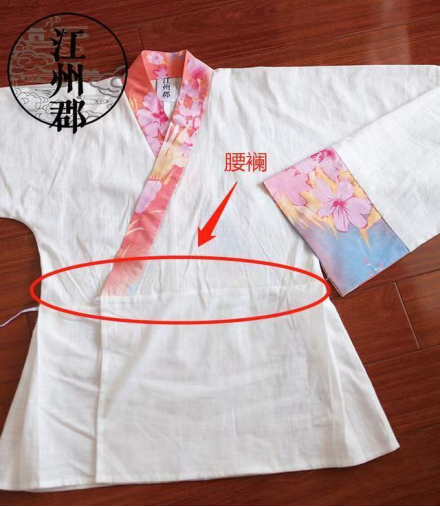
Examining unearthed Hanfu garments reveals that as dynasties changed, so did the aesthetics of the ancients. The primary stages of development in women Hanfu were during the Wei, Jin, Tang, and Song dynasties, which highlight significant characteristics and cultural symbols of ancient women’s Hanfu. Women’s Hanfu encompasses thousands of years of traditional Chinese aesthetics, offering diverse styles that enhance personal charm and showcase different cultural connotations, making it beloved by many. Let’s explore different dynasties to appreciate the unique charm of women’s Hanfu.
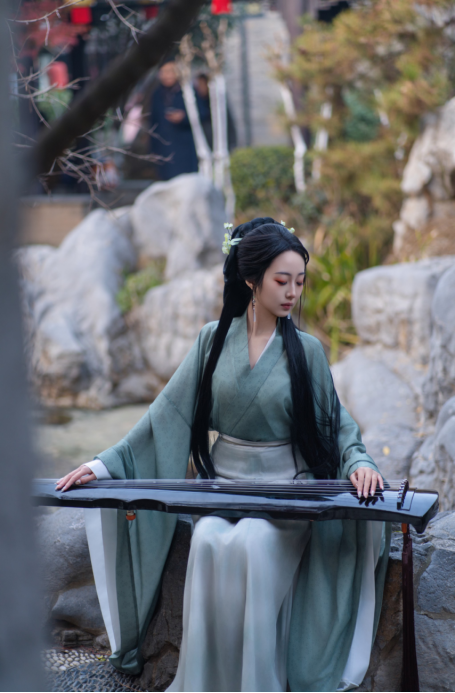
Wei and Jin Dynasty Women’s Hanfu
The Wei and Jin dynasties were an era marked by frequent turmoil and frequent dynastic changes, yet the collision of different cultures gave rise to distinctively styled Wei and Jin women’s Hanfu. The term “Wei and Jin elegance” aptly describes the sartorial style of that era. Jin-style Hanfu typically featured a single-panel skirt paired with a long-sleeved crossover bodice, often worn over a loose upper bodice or half-sleeve, embodying the distinct characteristics of the time.
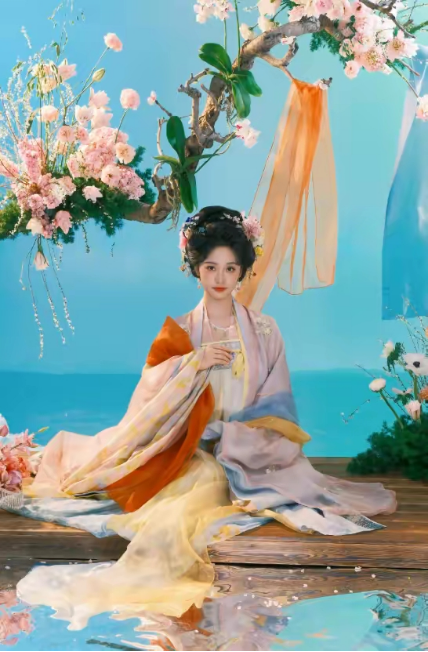
Tang Dynasty Women’s Hanfu
The Tang dynasty was a prosperous and open era, characterized by its tolerance and influence from the Silk Road. The Tang women’s Hanfu incorporated foreign elements, particularly those from the Hu people, resulting in bold and majestic silhouettes. The common styles included chest-high paired with crossover or straight-front bodices, often accompanied by light scarves that flowed gracefully with movement. During the height of the Tang dynasty, low-necked became popular, effectively showcasing the beautiful figure of Tang women.
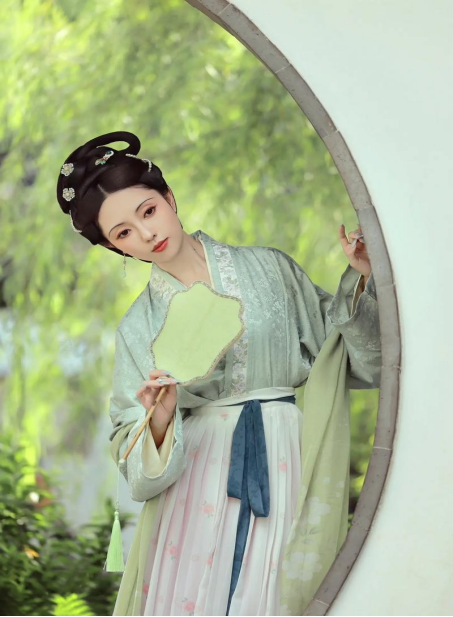
Song Dynasty Women’s Hanfu
The Song dynasty was characterized by its introverted and reserved nature, with women’s Hanfu reflecting this subtle and refined demeanor. While generally following the Tang dynasty’s basic forms, specific details were altered, such as the bodice reaching only to the chest, commonly paired with a cheongsam, pleated skirt, long gown, or keiko, perfectly displaying the modesty of Song women.
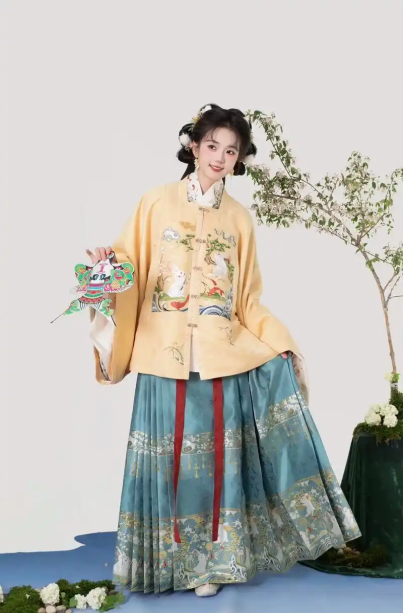
Ming Dynasty Women’s Hanfu
The Ming dynasty is known for saying “started from chest-high, loyal to Ming style,” indicating that Ming-style Hanfu epitomized the culmination of ancient Hanfu. It absorbed the clothing elements of previous dynasties and was influenced by the development of Confucianism in the Ming Dynasty, with an overall style of grandeur and dignity. Common styles of Ming-dynasty Hanfu include shirts, jackets and horse-face skirts, as well as various collar styles such as straight collars, round collars and standing collars, which can also be paired with sleeveless jackets. These basic forms fully set off the elegant and generous temperament of women.
From the elegant single-panel skirts of Wei and Jin to the magnificent chest-high of the Tang, from the simple keiko of the Song to the exquisite waist-high skirts of the Ming, the evolution of women’s Hanfu reflects not only changes in aesthetics but also the social structure and cultural trends of the times. Today, the revival of Hanfu allows traditional costumes to return to public attention, symbolizing not just beauty but also the pursuit and continuation of cultural roots. As stated in “The Book of Rites”: “China has great rituals, hence it is called Xia; it has beautiful attire, hence it is called Hua.” After a thousand years, Hanfu has ultimately become a brilliant footnote to the splendor of Chinese civilization.

